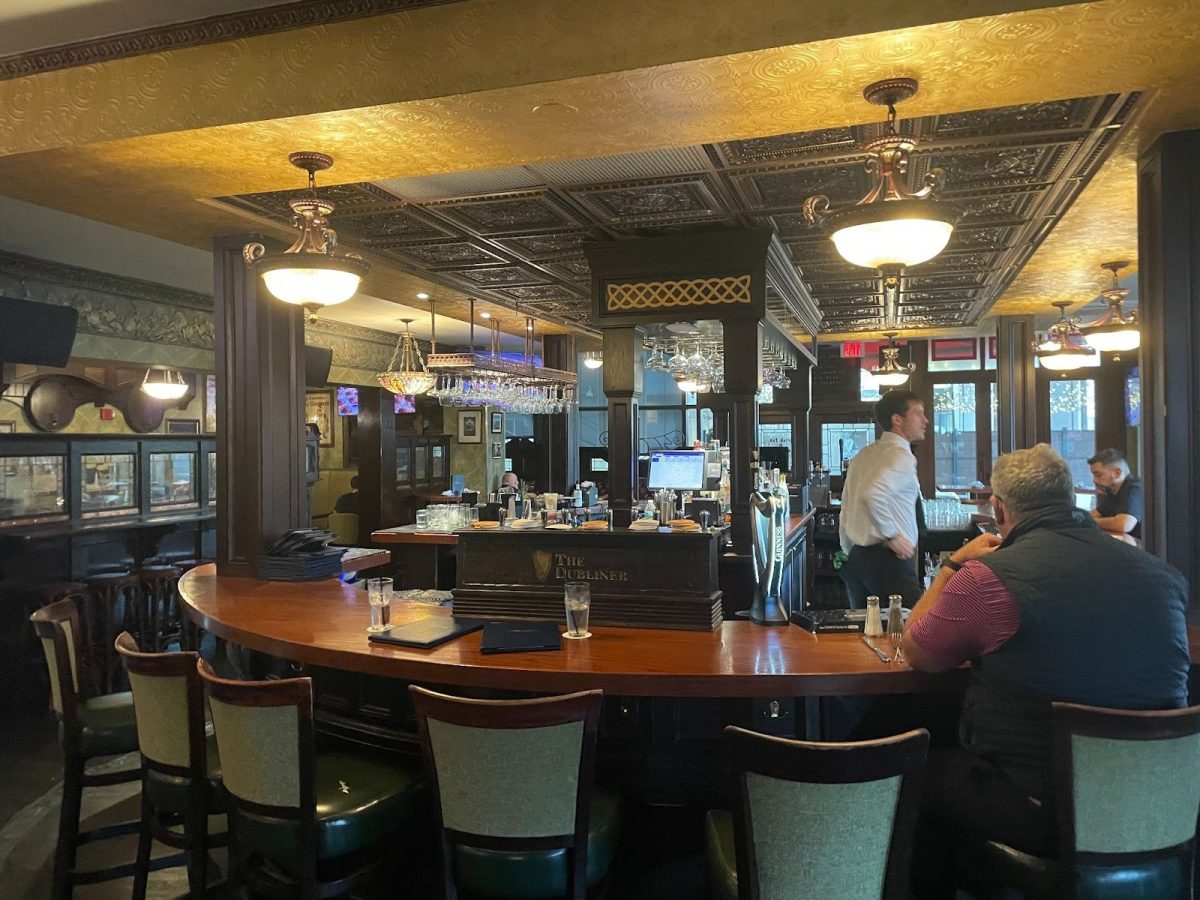Kelly Flores Journal Contributor
No experience is more quintessentially Spanish than sitting out on the terazza of a restaurant, chatting with a friend, and sipping a cafe con leche long after the meal has been finished and the table cleared. Here, the pace of daily activities has slowed twice the amount, and time spent eating, drinking, and talking with family and friends is considered the most important part of the day. The first time I spent three hours at a restaurant for lunch, I hadn’t realized how much time had passed. But in Spain, this type of experience is treasured, but simultaneously normal. To understand the Spanish and their customs, one must first take a crash course on their relationship with food.
To start their day, the Spanish usually have a coffee, sweetened with milk and sugar, or a small pastry. They then spend the first half of their day working and take a long lunch break around 2 p.m. For lunch an appetizer, main course, and dessert or coffee are usually served.
This three-course meal is often called the menu of the day, and is the best way to sample and get to know different kinds of Spanish food. To start, gazpacho is served -– a cold tomato soup mixed with peppers and vegetables. For the second course, potatoes with grilled pork or any of the fish caught from the endless Spanish coastline are on the menu. Finally, for dessert, one can choose from traditional flan to cinnamon rice pudding, or the ever popular melon, a sweeter version of honeydew melon.
After all this food is consumed, it is customary to take a siesta, or mid-afternoon nap. But after work, once 10 or 11 p.m. rolls around, the Spanish are ready to eat again. This time, tapas are on the menu. These bite-sized or small portions of food are usually eaten in trios or groups and are often served with the house wine or beer. Specialties include tortilla, the Spanish omelet, jamon iberico (cured ham from pigs fed only acorns,) croquetas (fried portions of creamy mixed chicken and ham,) calamares (fried squid,) and patatas bravas (potatoes served with spicy tomato sauce).
But enjoying these meals comes at a price, and not one valued solely in Euros. In Spain, mealtimes are an affair for family and friends. A person is never seen eating by themselves, on the street, or in the metro. The concept of leftovers is unheard of, and should a waiter forget your drink or bring you the wrong order, you may have to whistle just to get his attention again. These things are all difficult to get used to for a newcomer to Spain, but it only takes a bit of time to uncover the method behind their inviting madness.)
The reason customers must always ask for the bill in Spain or let the waiter know when they wish to order is because it is considered rude to interrupt a person during their meal. The plate may only have crumbs left on it, but the waiter assumes that his clients are having a conversation or a reunion of sorts, and so he makes himself scarce. This is the same reason separate checks aren’t provided in restaurants. Here, only family and friends dine together, and when you’re with people you love, someone should always be willing to foot the bill.
Countless restaurant visits in Spain show that there is no better way to experience the Spanish culture than participating in their most sacred and anticipated event of the day: mealtime. Over coffee and pastries or wine and tapas, while chatting with a friend and recounting that day’s events, any person can live like the Spanish do: appreciative, carefree, and most importantly, happily.














The Suffolk Journal • Oct 24, 2012 at 7:40 pm
Suffolk student out on the terrace in Madrid: http://t.co/X3qZRyTf
The Suffolk Journal • Oct 24, 2012 at 7:40 pm
Suffolk student out on the terrace in Madrid: http://t.co/X3qZRyTf